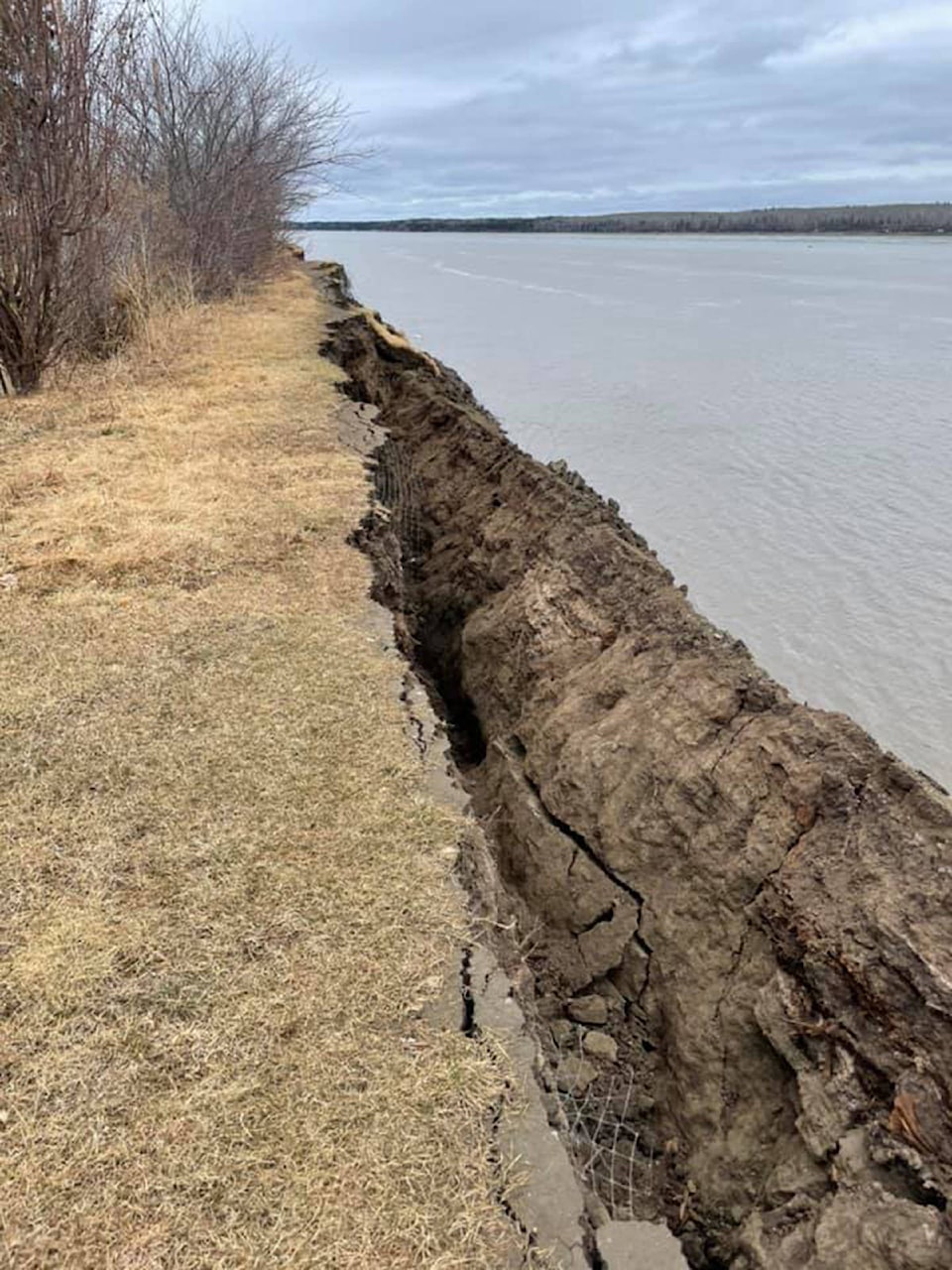With Mackenzie River waterlines receding and evacuated residents returning home, Fort Simpson and Jean Marie River are now in the recovery phase of their flooding emergency.
How exactly the recovery works, however, is causing some confusion.
At a Standing Committee on Accountability and Oversight May 25, Paulie Chinna, minister of Municipal and Community Affairs (MACA) presented the disaster assistance policy to establish how residents can access funds for devastated homes, clean up fuel spills and ensure proper shelter ahead of the winter months.
As MACA officials who joined Chinna for the meeting explained, claims will be reimbursed 80 per cent by the federal government and 20 per cent by the territorial government for cases of up to $100,000. But MLAs were left mystified by the plan.
“I just don’t understand what the people on the ground should be doing in order to get money,” Rylund Johnson said, member for Yellowknife North.
“If I’m a person in Fort Simpson and want to start re-building my house, perhaps there was a bunch of damage to my property and I have $100,000 worth of remediation to my house, what should I do right now? Should I start spending that money and send an invoice to someone at MACA, do I send that to someone in my community government, do I go to the federal government, am I waiting for someone to write me a cheque?”
In response, Chinna said the department was “trying to find ways where we can eliminate where (residents) would have to pay for renovations up front.”
She said they were working “to be strategic about how to get houses up to standard,” adding that communities have already “suffered significantly with the traumatic flood to begin with.”
MACA confirmed in their presentation that an assessor has been contracted to enter communities and examine damages by the end of the week or early next week at the latest.
This step is key in reporting damages to “have hard numbers on what needs to be repaired and replaced,” Ivan Russell, GNWT manager of emergency measures told the committee.
Rocky Simpson, Member for Hay River South, asked how the territorial government would support residents with temporary housing and finances throughout the recovery plan, that would go on for “probably several months,” he said.
Simpson suggested “a navigator” to guide community members through the bureaucracy of the disaster assistance process, explain next steps and guide residents towards appropriate channels to accessing supports.
“We have to provide that assistance, we have to make it known what’s going to happen,” he said.
While they wait for direction on recovery, a process that Chinna calls “lengthy” and “complicated,” evacuees are returning home.
Sean Whelly, mayor of Fort Simpson, has called on the GNWT to “step up” and “stand by their commitment to do the work.”
He expressed confusion over what the government will fund as his constituents turn to him with questions of rebuilding.
“At some point the territorial government needs to say what they will fund and what they won’t,” he told News/North on May 21. “We knew the flooding was coming and they still didn’t have an assessor around.”
MACA spokesperson Jay Boast said that damage could not be assessed until it was safe to do, despite schools in Fort Simpson and Jean Marie River resuming Tuesday.
“We understand that the mayor is advocating for his community and his residents as is to be expected,” Boast said. “As previously stated the GNWT is in regular communication with the Mayor and community officials, we are listening, and that communication will continue.”
We understand that in these situations nothing seems fast enough but the GNWT is working as quickly as possible to address the assessment and recovery needs of the community.”
